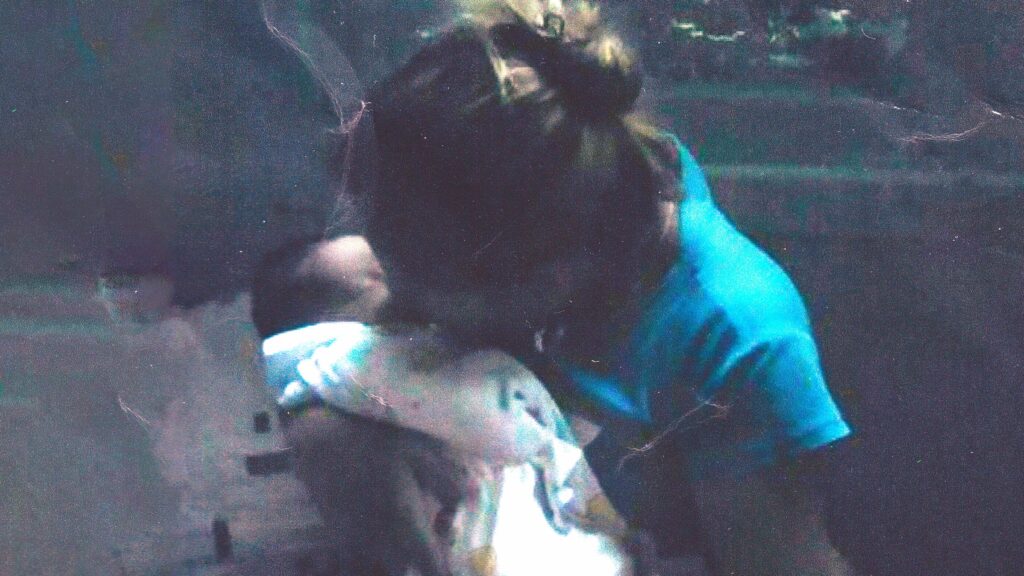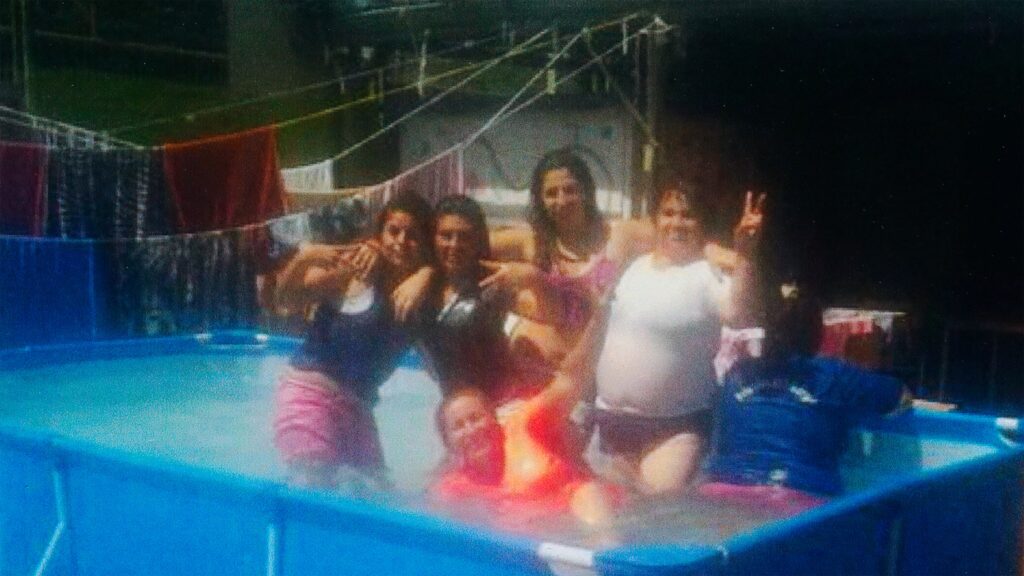Tana Gilbert on Malqueridas
Why did you decide to make a documentary about this topic?
I came to Malqueridas because of my personal history. My father was imprisoned in the United States when I was a child and the support he received from my mother was fundamental in facing his incarceration process. This led me to wonder what happens to Chilean women when they are imprisoned? Ninety-one percent of them are mothers, most of them grow up in contexts of poverty and are heads of household. We live in a Latin American culture where mothers are the main family breadwinner. The punitive system does not consider the long-term effects of their absence in their domestic sphere.
The punitive system does not consider the long-term effects of their absence in their domestic sphere.
How did you come to enter this world?
In 2017, I came across profiles on Facebook of people who were incarcerated and had images inside prisons, because they were recording their daily lives and using this platform to expose the human rights violations that were occurring inside. This chance encounter with these profiles caused my personal Facebook algorithm to open up, and that is how I started to observe images of women who were in prison.
The use of cell phones inside prison is a very common reality in Chile and Latin America, despite the fact that they are completely banned. In Chile, this prohibition is only an internal protocol of Gendarmería (Chilean Penitentiary Administration). It is not a crime to use them, but they can be punished with the suspension of visitors or confinement in isolation cells.
During 2018 we started to join different organizations that run workshops in women’s prisons. This is how we entered the San Joaquín detention center, one of the largest women’s prisons in Chile. Our first relationship with them was through Leasur, an NGO that ran workshops on penitentiary law, which allowed us to meet some of the women with whom we still have a relationship to this day. Later, I participated as a volunteer in “the children’s Christmas”, an event that takes place every end of year aiming to bring children and their mothers together. I had the opportunity to go to their houses to pick up their children and bring them to the prison for this event, at which point I began to understand in depth the magnitude of the distance issue and the context of vulnerability to which mothers and children were exposed.
In parallel to the face-to-face work, we contacted them via Facebook and began to develop a long-distance relationship. This allowed us to broaden our contacts and to bring other women into the project. The relationship with them grew and we built up trust, which eventually led us to start visiting them in prison directly and in person as family members.

What do these women’s stories say about the world?
Despite the distance with the children that the prison system generates, affections are the force that sustains and makes us connect with the subjectivity of these experiences. Through its collective construction Malqueridas challenges the dominant narrative in an attempt to preserve these women’s stories, their existence and humanity. In a context of institutional violence and marginalization, the collective memory becomes an archive of resistance.
Our goal is to reflect on the triple sentence that women face in prison: the penitentiary sentence; the social condemnation, due to the imposition of being “exemplary mothers” where delinquency has no place; and the personal condemnation, due to the suffering involved in being separated from their children for years. Affection in prison is a way of resisting the prison sentence and institutional violence to which poor women in Chile are subjected.
Why did you decide to use the women’s cell phone recordings instead of filming in the prison yourself?
The images created by incarcerated women during their sentences have a testimonial nature, allowing us to enter the intimate space of the prison, where they nurture and live for several years. Their recordings give us a unique opportunity to look at a world we do not know and to become aware of their experience and the relationships they create among each other inside the prison, which we would never have been able to access otherwise.
Moreover, it gives us the possibility of a cinematographic exercise that gives value to these images recorded with banned cell phones, which would have been otherwise confiscated and eliminated or forgotten. For this reason, each frame of the film was printed and digitized again, seeking to materialize the images, and through this, to give them existence and permanence.

What precautions did you take as a team to avoid jeopardizing their safety inside the prison?
The first decision we made was to work only with women who would already be out of prison at the time of the film’s premiere. This was an initial requirement that brought us closer to people with sentences of around 5-6 years. Currently, there is only one of them who is about to be released and is in a special prison with benefits that allow her to use cell phones and visit her family on weekends. Secondly, we received advice from lawyers with expertise in penitentiary law and intellectual property rights to learn about the risks of working with these materials and this subject matter.
The film’s narrative is constructed from the accounts of many women. Could you tell us more about this?
We realized the importance of creating a collective film because of the common milestones that each of them had regarding motherhood. While each woman’s story had its peculiarities, they had all experienced similar types of family trajectories and violence. The narrative is built upon the stories of many women who took part in the film’s research and emerged from extensive conversations with over twenty of them, reinterpreted by Karina.
Karina narrates these stories as if they were her own. She spent more than six years in prison, and some of the moments described were her own experiences, while others also belong to her friends or partners. The voice and images in the film are collective.
How did you obtain the film’s material?
We collected the film’s material for 6 years. Many of the photographs were taken and uploaded to Facebook, but also created in order to show us what was going on inside. Some of them took seriously the role of creators of these images, which gave us access to the prison in different ways and dimensions. We ended up collecting a lot of material, about a thousand videos and four thousand photos.
On the other hand, their cell phones used to be confiscated in the raids and they lost the passwords to their social network accounts where they had stored the material. As they knew that we saved the images for the film, they started to ask for them in order to recover them, especially those images in which they appeared with their young children, from whom they had been separated. For this reason we do not hide the children’s faces in the film, as it is very important for them to see themselves with their children when they could be together.
Why did you decide to keep the vertical format?
The vertical format has to do with respecting the origin of the materials and reconfirming that the images of the film are also confined, like them. The vertical lines of the frame represent the physical limit in which the characters can circulate and it is a symbolic representation of the possibilities they have to look at the world inside the prison. In the film they have access to a small portion of image of the exterior world that is glimpsed through the vertical windows of the prison and its steel bars, which is the only concrete possibility of connection with the outside.